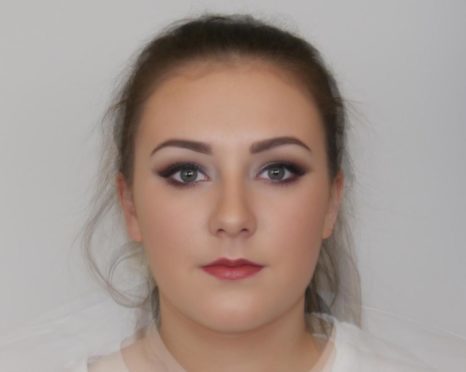Women with ‘heavy’ make-up are less likely to be seen as good leaders, a new Abertay University study has claimed.
The research showed participants 16 face-pairs of women, one with make-up applied for a “social night out” and one without.
They were then asked to choose which one of the two they felt would make a better leader.
The results showed both men and women evaluated women more negatively as a leader if the image suggested she was wearing a lot of makeup.
Dr Christopher Watkins of Abertay’s Division of Psychology, who led the study, said the findings differ to previous similar research.
He said: “This research follows previous work in this area, which suggests that wearing makeup enhances how dominant a woman looks.
“While the previous findings suggest that we are inclined to show some deference to a woman with a good looking face, our new research suggests that makeup does not enhance a woman’s dominance by benefitting how we evaluate her in a leadership role.
“This work is a good example of the diverse and interesting research ongoing within the Division of Psychology.”
The study was carried out by Abertay graduates Esther James and Shauny Jenkins and used a measurement scale common in face perception research.
The concept calculates the first-impressions of the participant group as a whole, working out an average verdict.
Rather than being two unique images, the faces of the women were manipulated using computer software to appear as though they were wearing cosmetics.
Dr Watkins has carried out previous high-profile studies including work looking at how women remember the faces of potential love rivals and the role of traits related to dominance in our choice of allies, colleagues and friends.
The findings have now been published in the Perception journal.





